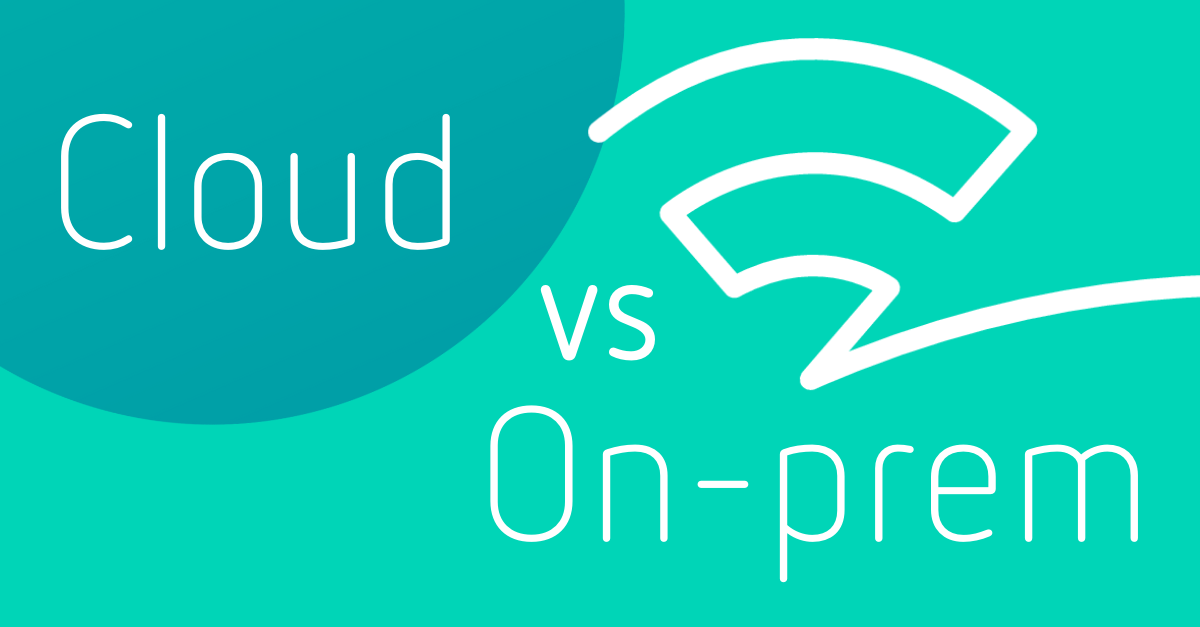What are the different stock image licensing agreements?
We reviewed the agreements of some of the main stock image libraries such as Shutterstock, istockphoto, Getty, Stocksy, Plixs and ImageBrief.
They typically fall into four categories:
- Rights managed
- Royalty free standard
- Royalty free extended
- Creative commons

A standard royalty free image purchased from Stocksy
1. Rights managed
Rights managed is the most restrictive type of image license. It typically allows for one-off usage of an image and the terms of how the image can be used and in turn its cost for usage is specified. There may be restrictions on the size of the image that can be used, the type of media placement, location and duration of use.
2. Royalty free standard
Royalty free images, once purchased can be used an unlimited amount of times in digital or printed media. Though usage is less restricted than rights managed, most image libraries specify that you cannot use the image for instances including; where the print run or web impressions exceed 500k, the production budget of the project where the image being used is under £10k and most specifically, non-personal use which might entail resale, download, distribution or commercial use of the image.
3. Royalty free extended
The extended option for royalty free images typically removes the limitations on reproduction, impressions and budget and allows some commercial usage. In most case you are still not allowed to resell, redistribute, provide access to, share or transfer any files. Which brings us on to one of the key issues you need to consider before uploading a stock image to your Digital Asset Management system.
Personal use vs Team or Company use

In most of the agreements mentioned above the image library typically specifies the image can only be used by one person. For example Shutterstock very prominently states in capitals at the top of its licensing agreement page:
‘'UNLESS YOU PURCHASE A "TEAM SUBSCRIPTION" OR "PREMIER LICENSE", THIS IS A SINGLE SEAT LICENSE AUTHORIZING ONE NATURAL PERSON TO LICENSE, DOWNLOAD AND USE VISUAL CONTENT. IF YOU PURCHASE A TEAM SUBSCRIPTION THE RIGHT TO LICENSE, DOWNLOAD AND USE VISUAL CONTENT IS LIMITED TO THE NUMBER OF USERS PERMITTED BY THAT TEAM SUBSCRIPTION. THE PREMIER LICENSE AND PLATFORM PROVIDES THESE AND ADDITIONAL RIGHTS TO AN UNLIMITED AMOUNT OF USERS.’'
Shutterstock’s team subscriptions offer simultaneous access to images for up to 10 users. Its premier package is designed with larger organisations in mind offering usage to unlimited users. Almost all of our Digital Asset Management clients have over 10 users so if you want to upload Shutterstock images to your DAM for others to use you probably need to be buying them through a premier licence.
Other benefits of Shutterstock’s premier license include:
- 100% royalty free licensing
- Simple, pre-negotiated pricing
- Unlimited users
- Available to use content for sensitive instances
- Possible to transfer the license once (NB once only)
- Worldwide in perpetuity usage
- Enhanced legal protection
- Personalised account service
With istockphoto’s extended license on the other hand you can pick options which allow an unlimited amount of users for the image with other options for reproduction, resale, and legal guarantees.
Getty allows up to 10 different users for each royalty free image purchased but clarifies the rights for the image if shared in digital libraries via item 2.3 of their Royalty-Free Image and Video Licence Agreement.
''2.3 Licensee may store the Licensed Material in a digital library, network configuration or similar arrangement to allow the Licensed Material to be viewed by employees, partners and clients of Licensee, so long as there are no more than ten (10) Users. Licensee must purchase additional seat licenses if there are more than ten (10) Users before such additional use begins.''
They also state that assets ‘'are non-transferable and are personal to you.'' This means that if you license a royalty-free product to be used in a derivative work by your client or any other person, ''they may not use the licensed product separately from the derivative work.’'
This point is clarified in the same Grant of Rights section (2) as follows:
''2.2 Licensee may have the Licensed Material Reproduced by subcontractors of Licensee (including Purchaser) for preparation of the Licensee Work, provided that such subcontractors agree to abide by the provisions of this Agreement.''
So, in summary, if you are going to be uploading royalty free images to your Digital Asset Management system a standard license is not probably good enough. Depending on the stock library you will need at least an extensive licence, probably more. If external users can access your DAM to download images you will need to make sure they read and accept the terms as specified by the relevant stock library (see sections 2.3 and 2.2 above for examples). It’s probably best to have a detailed discussion with the stock library to ensure you have the correct agreement in place, which may result in the establishment of a corporate account like Shutterstock’s Premier Package.
Given the varying terms and conditions to follow with royalty free images you’ll be pleased to hear there is a simpler alternative.
4. Creative Commons: Public Domain
When an image or other related file is in the public domain, it is free for anyone to use for any purpose without restriction under copyright law. It is often ratified by a creative commons license - called Creative Commons Zero (CCO) - no copyright reserved. For the purposes of Digital Asset Management, using an asset with a creative commons license is straightforward as anyone can use it as they wish.

Life is simpler with CCO images - downloaded from Unsplash (Keran Look Loy)
One of the best examples of a creative commons stock library is Plixs. But be careful what you download as they also feature Shutterstock files. Other creative commons stock libraries include Pixabay and Unsplash.
There is of course a final option that we didn’t list above. It’s also a simpler alternative to royalty free images, all be it more costly. Create or commission your own images or videos. Find a photographer that suits your style and budget or there are number of companies which exist to make this process easier, such as ImageBrief. With ImageBrief you post a brief for an image you need along with your budget and intended usage. Photographers can submit their images to your brief and if you see something you like you can agree pricing and licensing terms. The photographer gets 70% of the license value and you get an image on the right terms. Perfect!
So what licensing agreement should you choose for Digital Asset Management?
It is hard to be specific here as licensing agreements vary by stock image library but as a general rule of thumb you might want to follow this simplified table. The table is specific to royalty free licenses. If you go for Creative Commons Zero or create your own images you shouldn’t need to worry!
Which royalty free license to buy if sharing a stock image via your DAM?
| No of Users | 1 | 1 | 1 - 10 | 10+ |
|---|---|---|---|---|
| No of uses | 1 | Many | Many | Many |
| License | Royalty free rights managed | Royalty free standard | Royalty free extended | Tailored corporate account |
We hope that’s clarified some issues for you? If you would like to discuss using stock images with your Digital Asset Management system further please get in touch for a chat.



